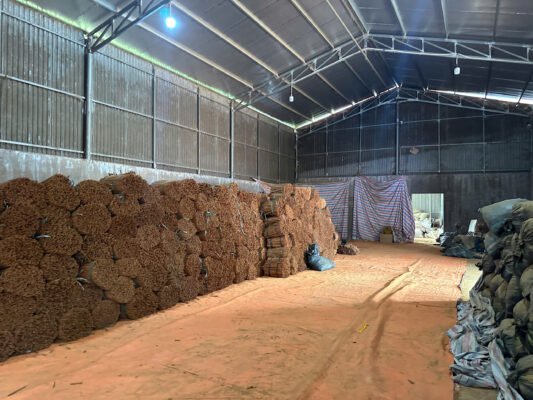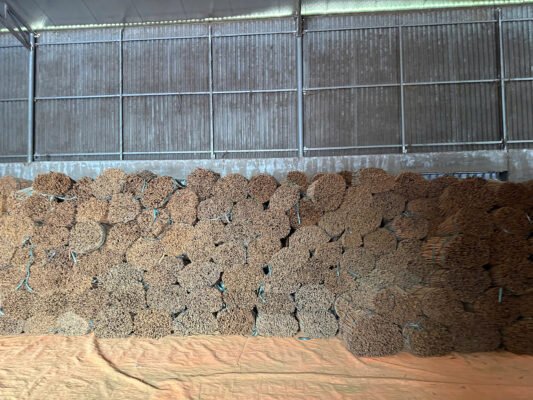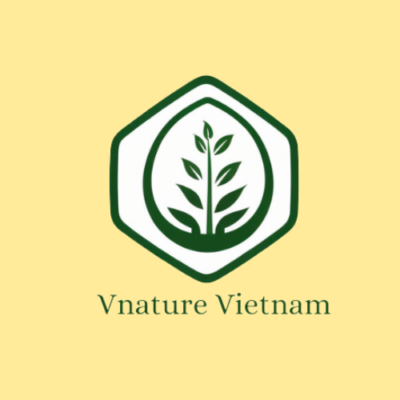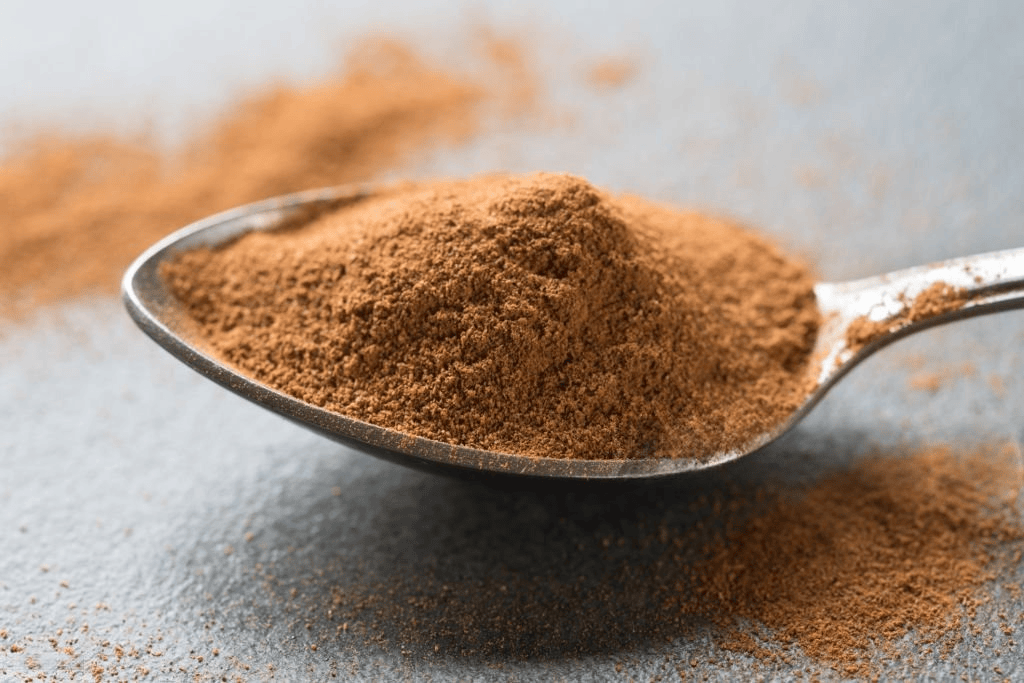Definitive Guide to Fair-Trade Certified Vietnamese Cinnamon Sticks Supplier
Contents
- Definitive Guide to Fair-Trade Certified Vietnamese Cinnamon Sticks Supplier
- 1. Introduction: More Than a Spice
- 2. Market Dynamics & Demand: Riding the Ethical Wave
- 3. Fair-Trade Certification Standards: What It Takes
- 4. Production & Quality Assurance: From Bark to Batch
- 5. Packaging & Logistics: Safeguarding Freshness
- 6. Applications & Value-Added Opportunities: Telling the Story
- 7. SEO Best Practices for Supplier Pages: Being Found & Chosen
- 8. Conclusion: Your Path to Premium & Purpose
Definitive Guide to Fair-Trade Certified Vietnamese Cinnamon Sticks Supplier
Step into a world where flavor meets purpose. As a Fair-Trade Certified Vietnamese Cinnamon Sticks Supplier, you don’t simply export spice—you deliver a promise of sustainability, social uplift, and exceptional quality. This comprehensive guide unpacks every facet of building and promoting a fair-trade cinnamon sticks business: from the heart of Vietnam’s highlands to the shelves of conscientious buyers around the globe.

1. Introduction: More Than a Spice
In an age of transparency and conscious consumption, fair-trade certification has become a gold standard. Partnering with a Fair-Trade Certified Vietnamese Cinnamon Sticks Supplier means choosing quills that are:
-
Ethically Sourced: Cultivated on over 150,000 ha of smallholder farms in Yen, Lao Cai, and Quang Nam, where cooperative models ensure farmers earn living wages.
-
Socially Impactful: A 10–20 % premium paid on each shipment funds community projects—schools, clinics, clean-water systems—that change lives.
-
Premium Quality: Hand-harvested bark, sun-dried and hand-sorted to uniform 30–45 cm lengths and 0.6–2 cm thickness, boasting rich, spicy-sweet aroma and high essential-oil content.
This combination of ethical integrity and sensory excellence sets your offering apart in every market segment.
2. Market Dynamics & Demand: Riding the Ethical Wave
-
Consumer Expectations: Surveys show over 70 % of global shoppers factor ethical sourcing into purchase decisions. Fair-trade spices lead the pack thanks to their traceable impact.
-
Sales Momentum: Fair-trade spice sales have jumped double digits year-over-year, with cinnamon sticks at the forefront of this growth—favored by specialty cafés, boutique bakeries, and eco-conscious grocery chains.
-
Competitive Edge: By offering certified quills, suppliers command 10–20 % higher price points and secure long-term contracts with premium brands seeking verified sustainability credentials.

Fair-Trade Certified Vietnamese Cinnamon Sticks Supplier
3. Fair-Trade Certification Standards: What It Takes
Earning and maintaining the Fair-Trade Certified label involves rigorous compliance with international standards:
-
Labor & Wages: Ensuring safe working conditions, democratic co-op governance, and living-wage payments that exceed local minimums.
-
Community Premiums: Allocating a portion of sales revenue to fund education, healthcare, and infrastructure—decisions made collectively by farmer committees.
-
Environmental Stewardship: Prohibiting harmful agrochemicals, enforcing reforestation programs, and practicing soil conservation to protect ecosystems.
-
Independent Auditing: Annual reviews by accredited bodies verify every claim, keeping your certification current and credible.
These pillars not only protect the planet and its people but also resonate strongly with the values of modern buyers.
4. Production & Quality Assurance: From Bark to Batch
The journey from tree to carton is meticulously managed:
-
Cultivation: Cinnamon trees thrive under the cool mist of Vietnam’s highlands. Farms alternate cinnamon with cover crops—pepper, coffee, and fruit trees—to enhance soil fertility and biodiversity.
-
Harvesting: Skilled harvesters peel the outer bark twice yearly (February–March, August–October), revealing the fragrant inner layers known as quills.
-
Drying & Sorting: Quills are sun-dried on raised beds, then hand-sorted into grades based on color, curl tightness, and oil content. Only the finest move forward.
-
Processing Facilities: ISO 22000 and HACCP-certified mills conduct moisture analysis, microbial tests, and essential-oil assays to ensure each 20–25 kg carton meets exacting food-safety and quality benchmarks.
Every step is designed to preserve the quills’ natural oils and flavor compounds, delivering consistent excellence to end users.

5. Packaging & Logistics: Safeguarding Freshness
Bulk shipments require careful engineering to maintain aroma and integrity:
-
Ventilated Cartons: 10–20 kg corrugated boxes with inner PE liners allow moisture egress while blocking external humidity.
-
Palletization: Cartons are strapped and shrink-wrapped on pallets to prevent shifting and damage.
-
Container Conditioning: Sea containers are fitted with active ventilation (≥10 air changes/hour) and, when necessary, desiccant packs to maintain 15–25 °C and < 65 % RH.
-
Customs & Compliance: Clear labeling, pesticide-free declarations, and fair-trade seals streamline border crossings and instill buyer confidence.
This robust logistics framework ensures that quills arrive as fragrant and dry as the moment they left the cooperative.
6. Applications & Value-Added Opportunities: Telling the Story
Fair-trade quills elevate both product functionality and brand narratives:
-
Gourmet Beverages: Coffee shops and tea houses highlight ethical quills in chai lattes, cold-brew infusions, and seasonal mulled drinks—pairing rich flavor with meaningful storytelling.
-
Luxury Gift Sets: Curate artisanal spice boxes that weave farmer profiles, certification stories, and serving suggestions into premium holiday offerings.
-
Wellness & Spa: Integrate quills into therapeutic baths, massage oils, and aromatherapy diffusers, emphasizing cinnamon’s circulation-boosting and antimicrobial benefits alongside its social impact credentials.
By showcasing these versatile use cases, you help buyers visualize how fair-trade quills can differentiate their products and deepen consumer loyalty.

7. SEO Best Practices for Supplier Pages: Being Found & Chosen
To rank and convert for Fair-Trade Certified Vietnamese Cinnamon Sticks Supplier, your web presence must align with search intent:
-
Keyword Integration: Use the exact phrase in your page <title>, H1, URL, and initial paragraphs.
-
Content Structure: Employ clear H2/H3 headings, bullet lists of specs (length, thickness, origin), and concise blocks for readability.
-
Visual Storytelling: Embed high-resolution images of farmers, plantations, and graded quills, with alt text containing the keyword.
-
Schema Markup: Implement Product schema (certifications, pack size, price range) and BreadcrumbList for rich snippets.
-
Story-Driven Copy: Weave in farmer quotes, certification milestones, and sensory notes to engage both search engines and human readers.
This strategic blend of technical SEO and authentic storytelling ensures your page ranks prominently and resonates deeply.
8. Conclusion: Your Path to Premium & Purpose
Combining Vietnam’s cinnamon heritage with fair-trade ethics, rigorous quality systems, and SEO-optimized content offers a unique value proposition. As a Fair-Trade Certified Vietnamese Cinnamon Sticks Supplier, you deliver more than spice—you deliver transparency, community uplift, and a taste that transforms recipes and experiences. Use this guide’s insights to build partnerships, command premium pricing, and inspire a new generation of ethically minded buyers.





